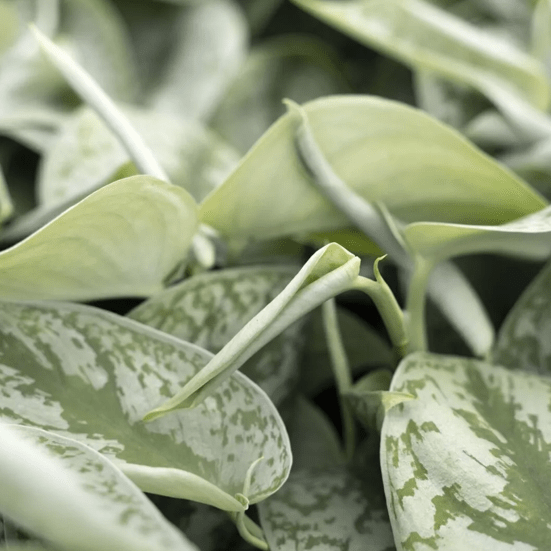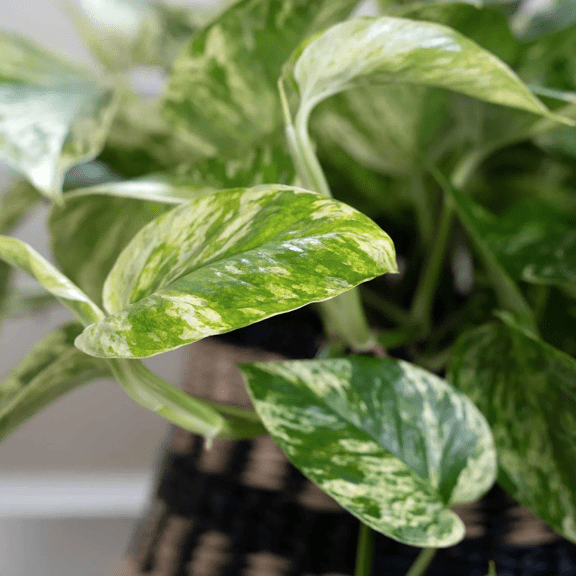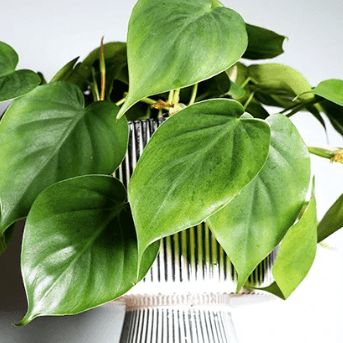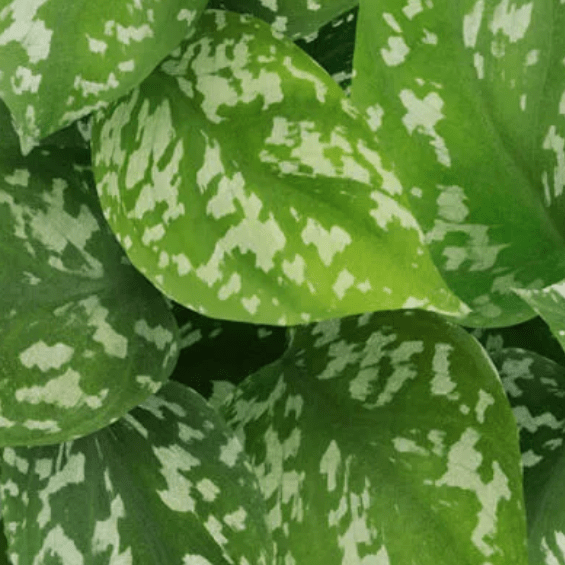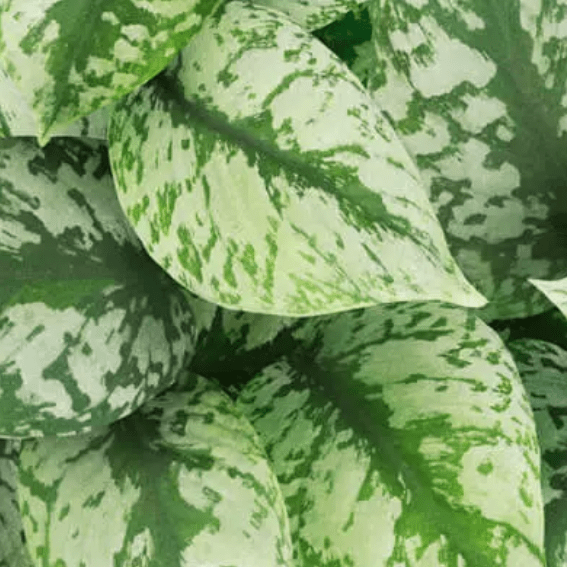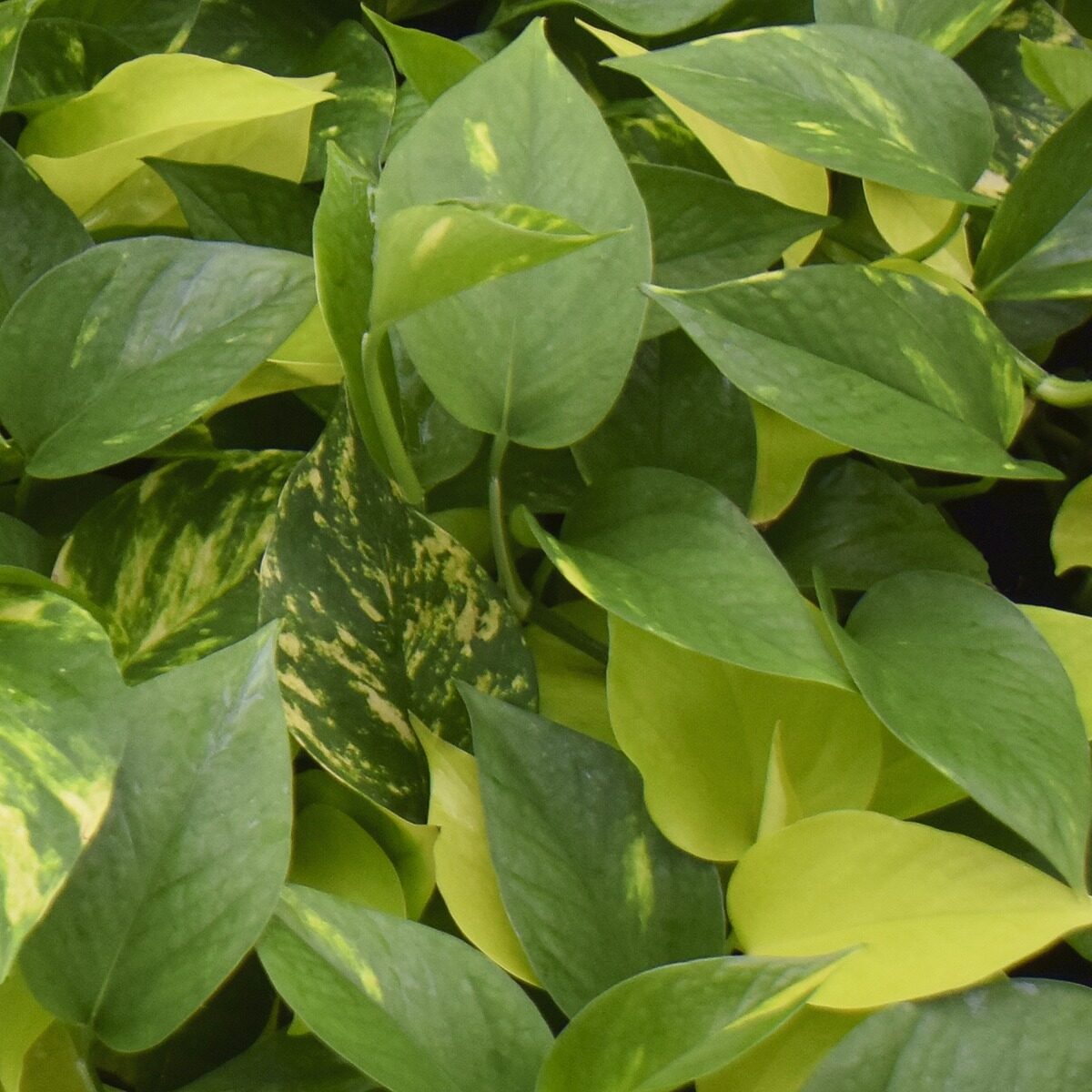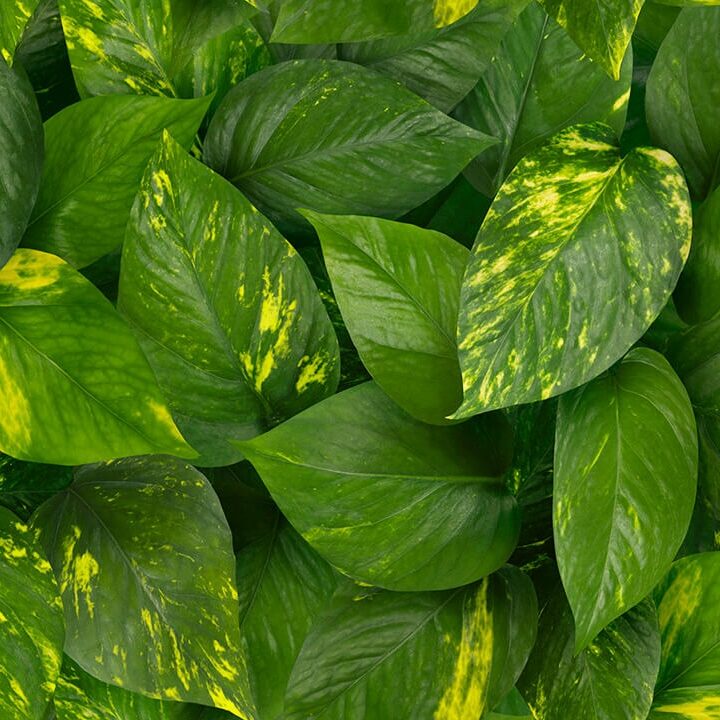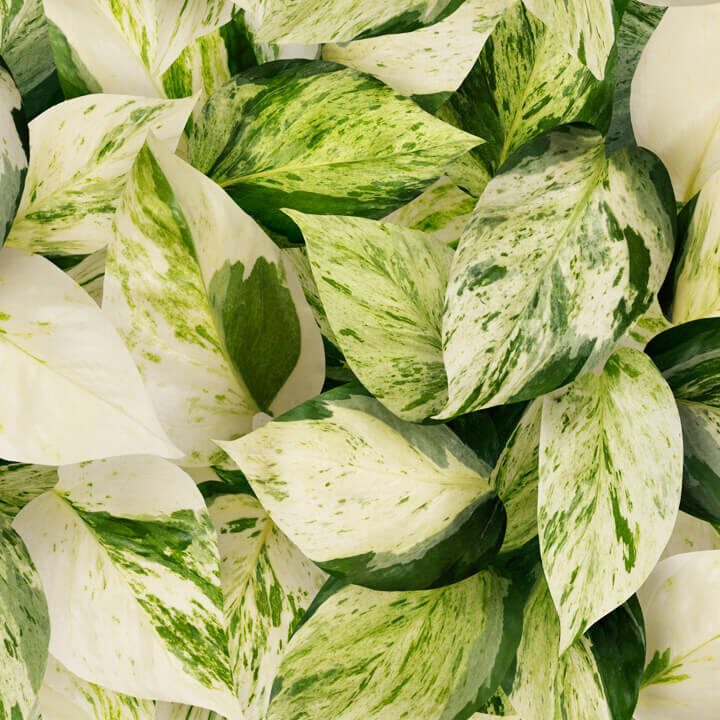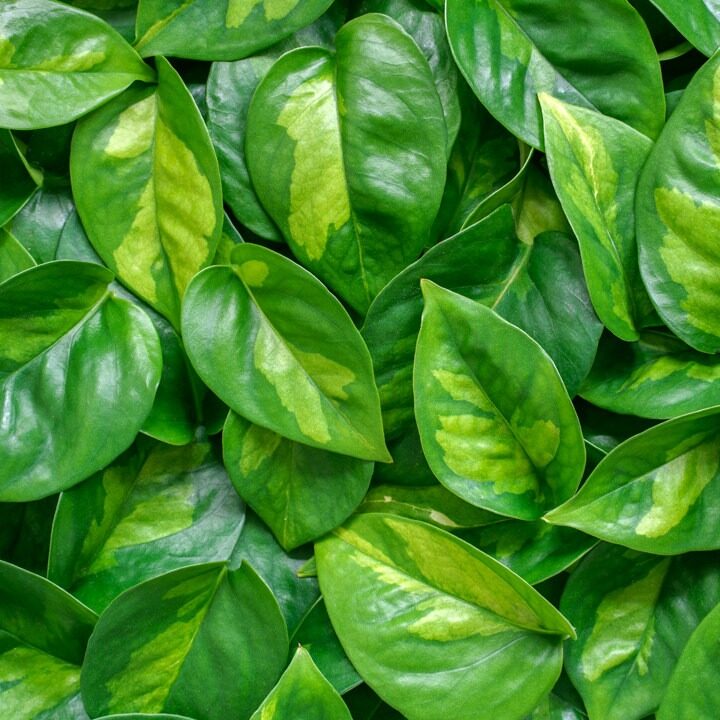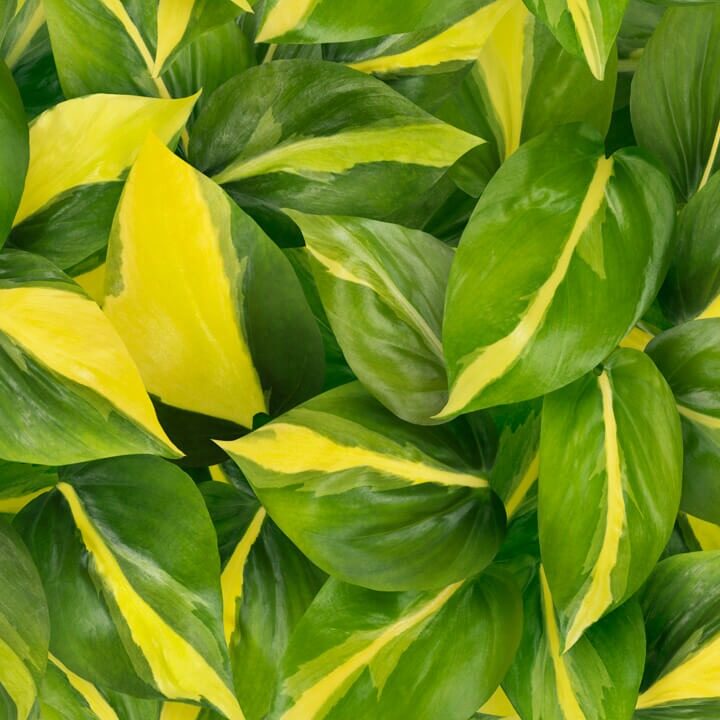Sentinel cuts Epipremnum plants. The entire process, from the cutting to the fully-grown plant, takes place in Sentinel’s own greenhouses. These are 30,000 square metre greenhouses located in Sprang Capelle, in the Netherlands. But a greater number of the cuttings come from South Africa, where Sentinel’s Ugandan sister company has its cutting and rooting performed. After cutting, the plants are left in the greenhouses to continue growing their roots until they have become marketable plants in many sizes and varieties. As both a climbing plant as well as a hanging plant and in several pot varieties. Sentinel applies strict quality standards and operates in both the Netherlands and Uganda in accordance with ISO quality standards
The Epipremnum is a wonderful houseplant that not only requires little care, but is also easy to cut. In acquiring one, the consumer is investing in a plant that is easy to manage, from the point of view of care as well as the cutting process. It’s a simple process anybody can perform. Place a leaf or a larger vine with a stem in a receptacle with plenty of water and leave it until the roots shoot out. Later, place the leaf or stem in a pot with good potting soil in which the cutting can take root further. As you can see, the cutting process can’t go wrong. But if cutting doesn’t work out for whatever reason, this is not a problem. The mother plant grows very quickly and the process can be repeated several times.
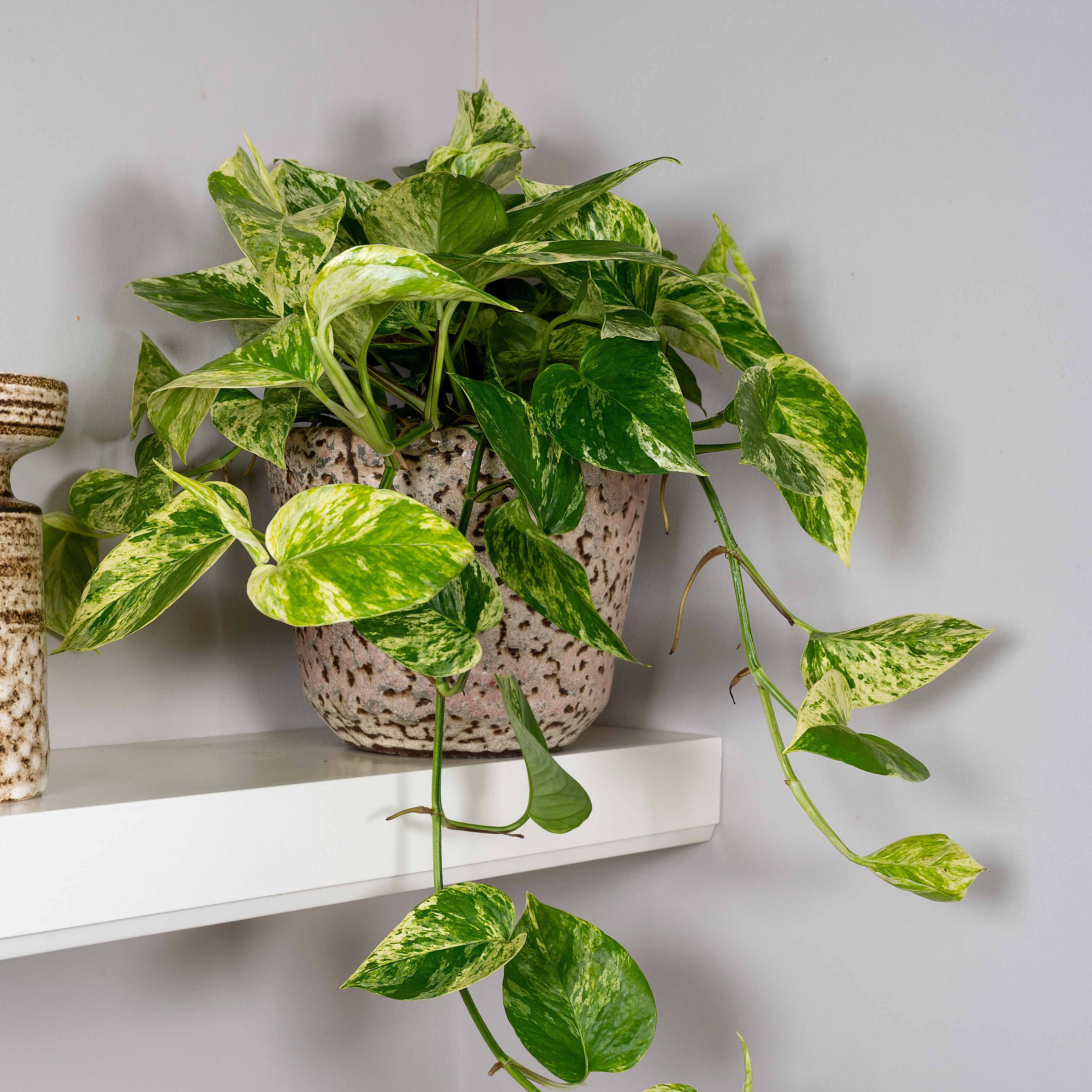
The first step in cutting an Epipremnum is to snip off a stem right behind a leaf. Sterilise the tool you're going to use since you want to prevent maladies and/or bacteria and you don’t want to cut a plant that is sick. To cut an Epipremnum, you can use a knife or a scissors. The Epripremnum's stems are not thick, which makes cutting them quite easy. If you have a sterile knife or scissors, you can go ahead and snip a stem off of the mother plant. Do this carefully about 10 centimetres under the third leaf on the stem. This way, you’ll take along a couple of aerial roots, which play an important role in the cutting process. This is because, on each leaf along the stem of an Epipremnum, there grows an aerial root shaped like a small, brown node, from which roots will later grow if the aerial roots come into contact with water.
Once you’ve removed a cutting with a long stem, you've got to remove the excess leaves on the stem. Be sure to leave three leaves on the upper part of your Epipremnum cutting. You must remove the excess leaves because soon you're going to place the cutting in water. The leaves must not be permitted to come into contact with the water. If they do, then the Epipremnum cutting will rot. Too many leaves on your cutting will require the plant to release too much energy in order to maintain itself. If this happens, your Epipremnum cutting will die and this, of course, is something you want to prevent. Place the cutting you’ve prepared in a glass containing water. Make sure there is enough water in the glass. The aerial roots must be completely submerged. The aerial roots will begin to grow after a short while. How quickly this happens varies. But it usually occurs within a couple of weeks. Be sure to change the water once a week so that the cutting has clean water in which it may grow.
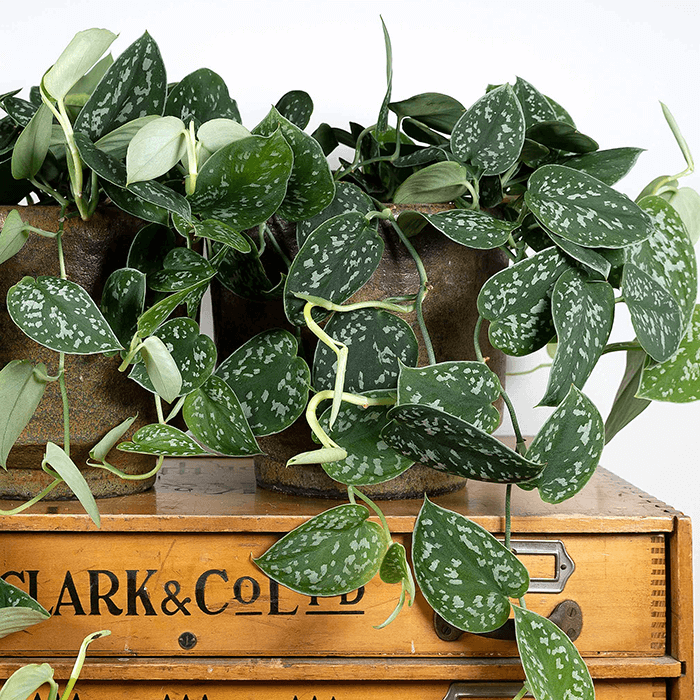
On average, an Epipremnum cutting should be left to stand in glass containing water for up to four weeks. During this period, the roots must have grown sufficiently for them to be placed in potting soil. We recommend you use seedmix, and do not pack it too tightly. The roots are still sensitive and you have to go about this carefully. To get a fuller plant, we recommend planting several cuttings in the soil together.
Another means of cutting. You can also cut your Epipremnum and plant it in the ground right away. If you do it this way, you’ve got to keep a constant eye on the cuttings, and give them enough water every day. This same method is used to cut this plant professionally in the greenhouse using an automatic watering system. But we recommend the consumer place the cuttings in a glass of water. This way, you don’t have to check on them so often.
